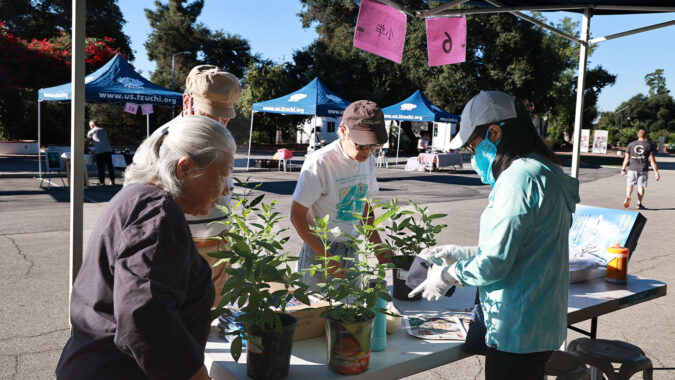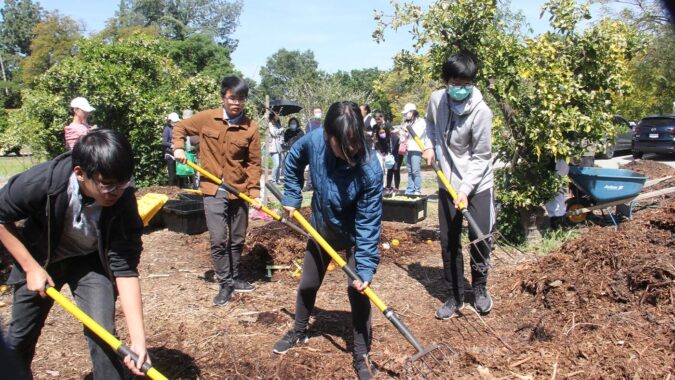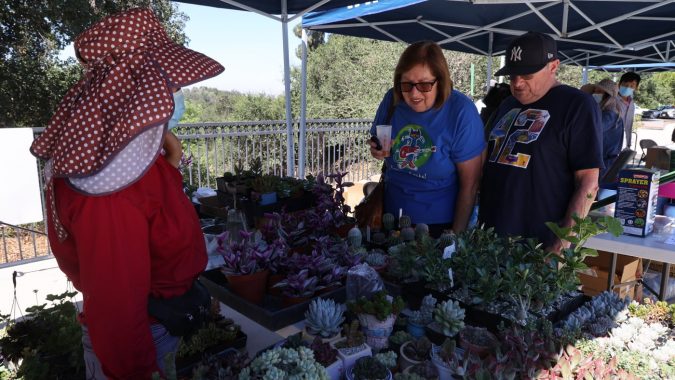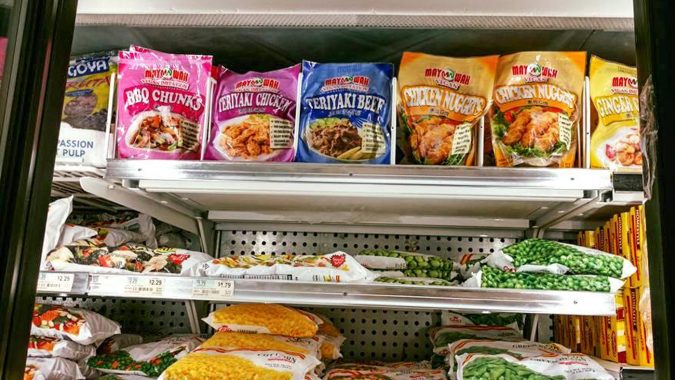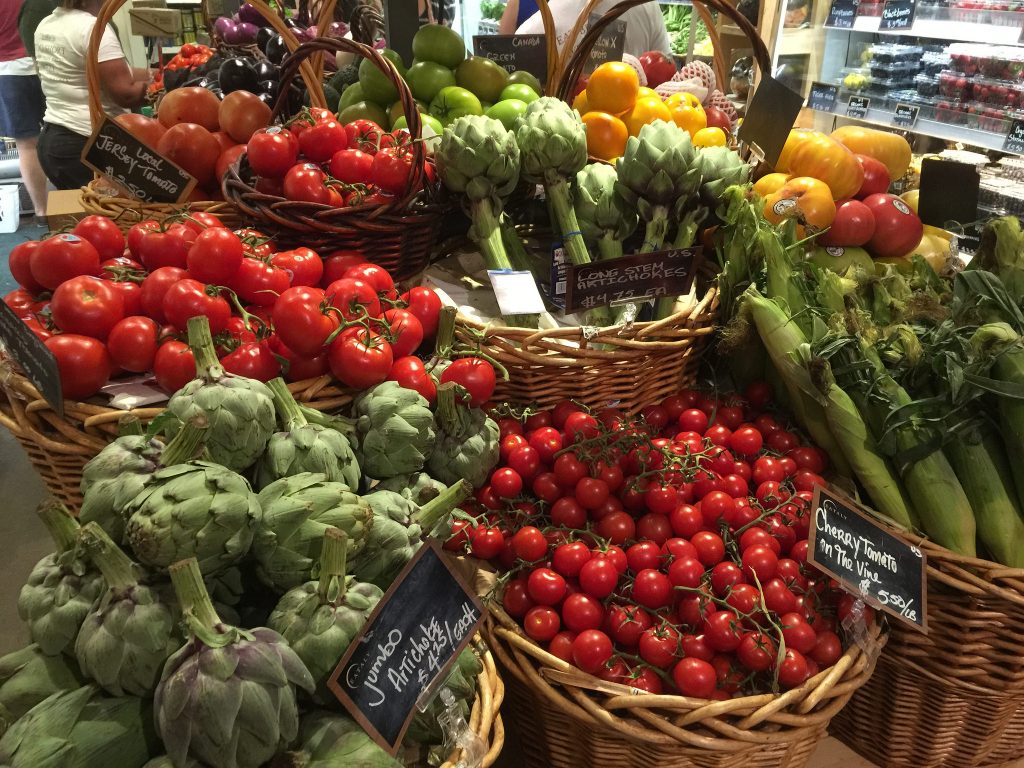
In many ways, we are what we eat, and if you’d like to do your part for a healthier and less polluted world, we have just the solution for you. In honor of Earth Day this April 22, we’re sharing the produce most fresh and ready for harvest in late April through May, plus delicious recipes to try them in. This way, you can help combat the lengthy transport and refrigeration emissions for out-of-season fruits and vegetables, and enjoy peak flavor from your dishes while supporting local growing efforts. Though your selection of produce will change depending on where you live, we encourage you to spring for these items if you see them at your local grocer, farmer’s market, farmstand, co-op, or community supported agriculture groups (CSAs) (and be sure to read through for our tips on what you can do to reduce your plastic use with every shopping trip!).
Bitter is Better
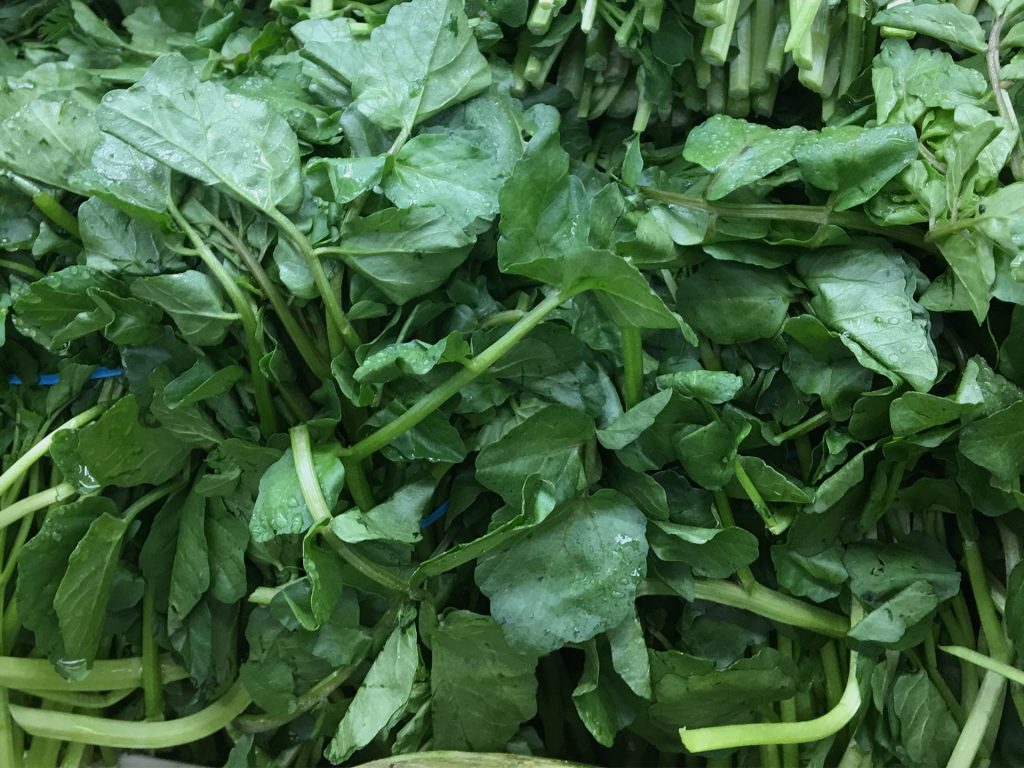
Aside from their more popular cousin kale, there’s an entire world of bitter greens that grow just in time for April and May. They’re packed with vitamins and minerals, including folate and fiber. This season, pick up some watercress, dandelion greens, or mustard greens. Each has a more peppery, deep flavor than your usual green. Look for healthy, robust leaves and store them in the fridge until ready. Be sure to wash well as they grow close to the ground, and try them in these recipes:
Asparagus and Fiddlehead Ferns
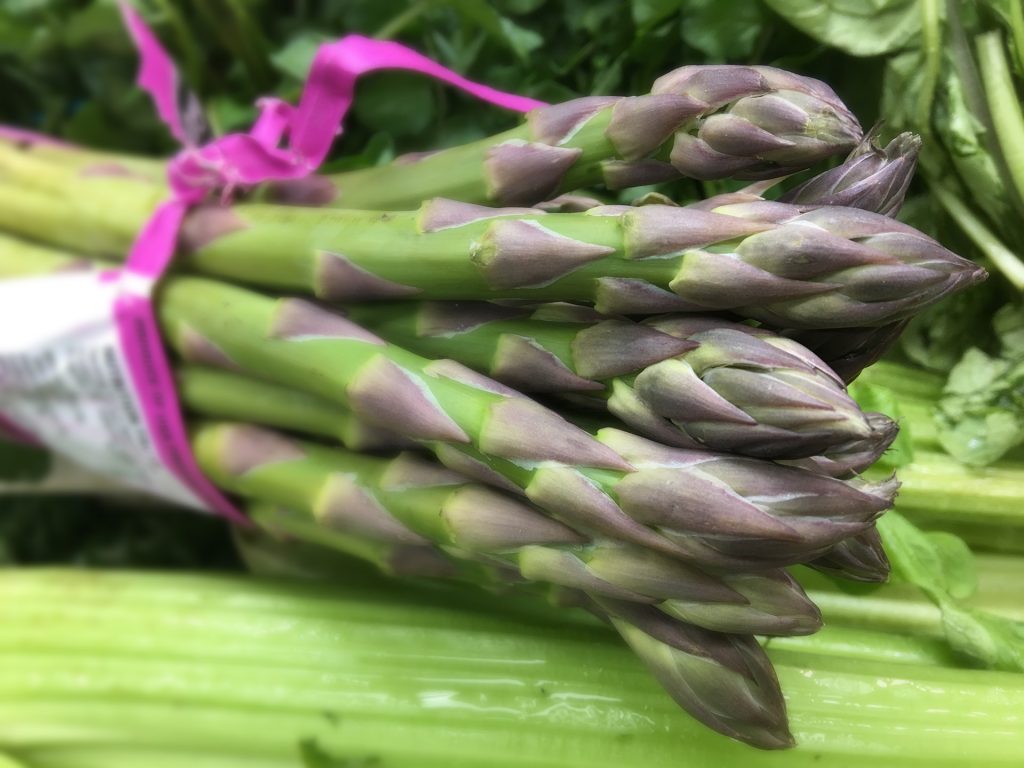
No veggies are more quintessential spring than asparagus and its more exotic looking cousin, the fiddlehead fern. Shopping for asparagus, look for more tightly closed tips with no signs of flowering and firm, green stalks (or ivory ones in white varieties). As for fiddleheads, look for those with a strong coil and jade green color (avoid those that are unfurling). They may have a brown, paper-like covering on them, though. Just gently rinse, remove, and prepare as you would any asparagus dish. Try them these simple yet delectable ways:
- tried and true oven roasted asparagus
- sautéed fiddlehead ferns
Don’t eat fiddlehead ferns raw though; if not fully cooked, they’ve been linked to cases of food poisoning.
Radishes, Turnips, and Parsnips, Oh My!
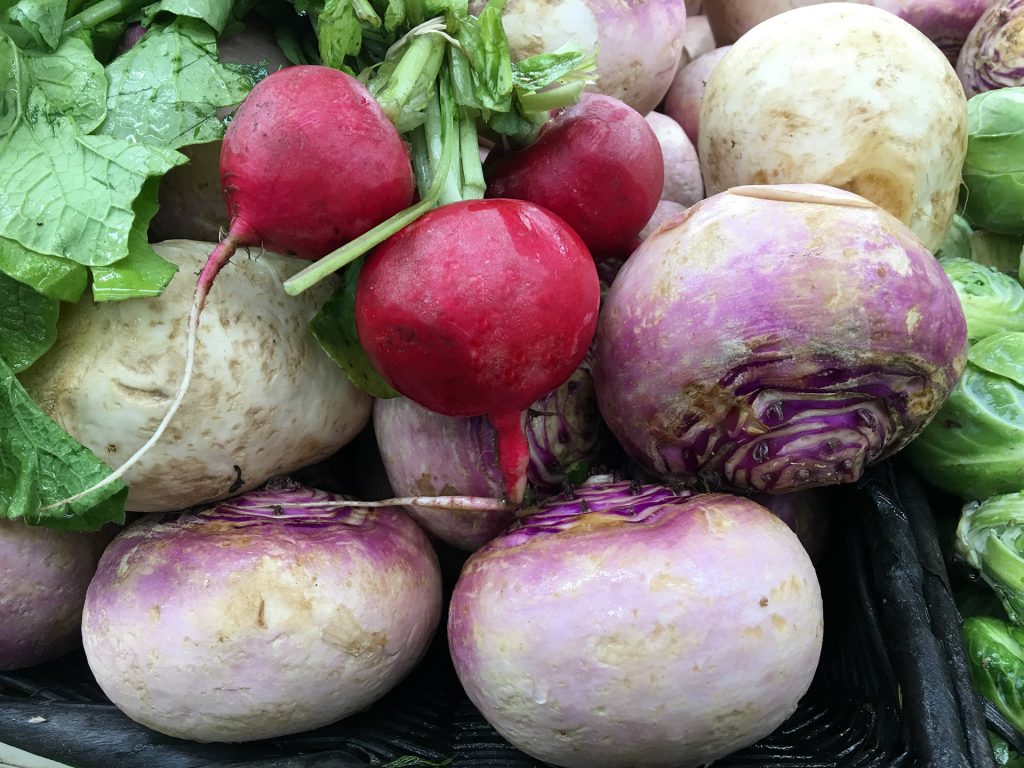
Root vegetables like radishes, turnips, and parsnips are at their most juicy, and their leaves at their most crisp, at the beginning of the spring harvest. For radishes and turnips, look for those that are plump, firm, and generally free of major blemishes. If you plan on using the leaves, too, they should be bright green and fresh. There is a wide variety for both vegetables, and choose whichever colors pop most to you. Parsnips, on the other hand, have a more humble beige exterior, similar in shape to carrots. Select those that are firm for maximum freshness, and try them these delicious ways:
Garlic, Onions, and, Yes, Garlic Chives
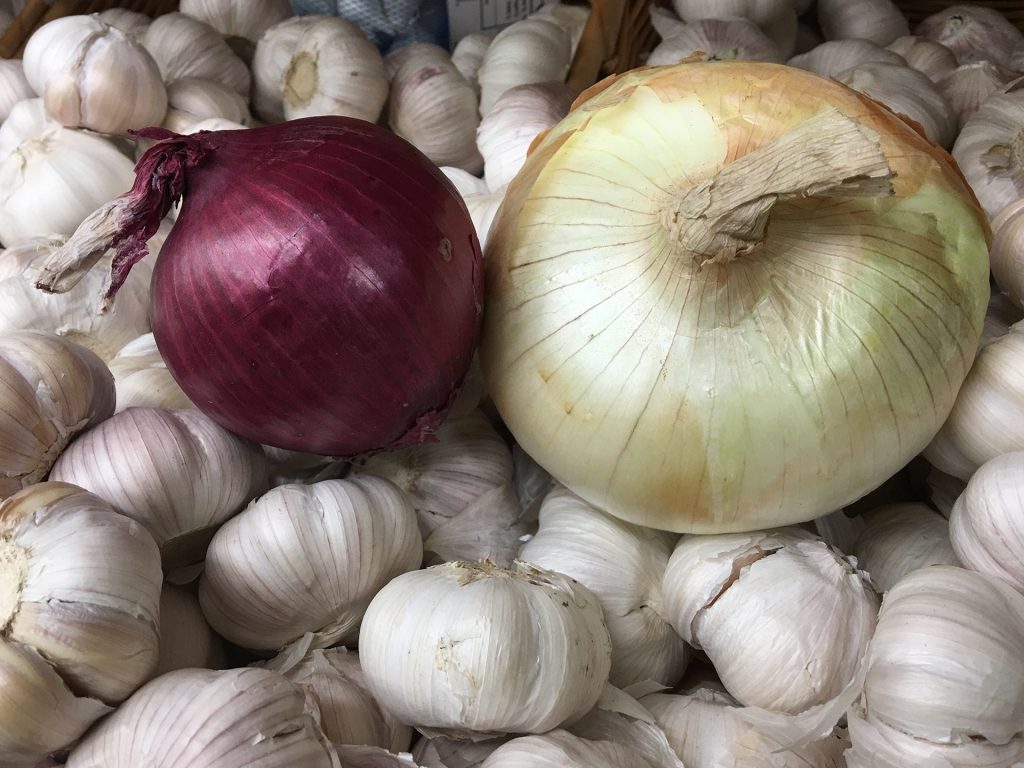
Get the season’s first choice of fresh garlic, onions, and garlic chives and add flavor to any dish. Almost always available year-round at markets, garlic and onions are freshest after the frost and in early spring. For garlic and onions, look for dry skins and firm bulbs and avoid those that are sprouting, which can be a sign of age. Store in a cool, dry place. Alternatively, it’s best to use their leafier cousin, garlic chives (and other varieties) as soon as possible and store in the refrigerator. They have a shorter season, but offer a greener yet still subtly garlic-like taste. Try theme in these:
- ginger garlic tofu
- pappardelle pasta with caramelized onions and parmesan
- garlic chive scrambled eggs
Nature’s Desserts
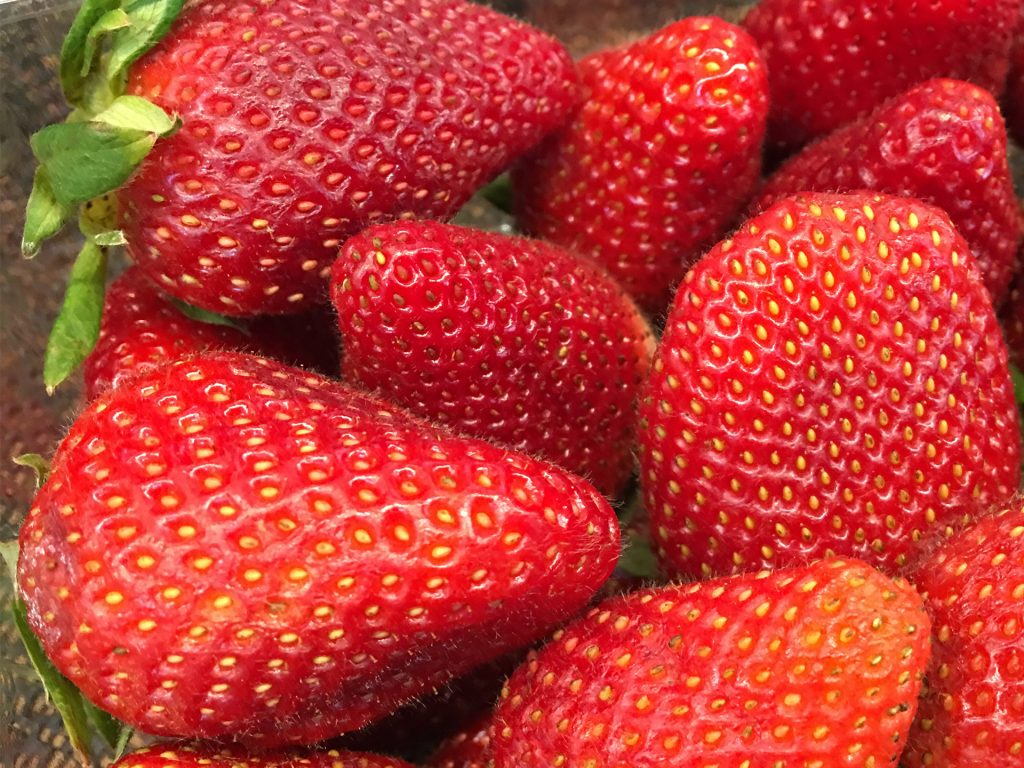
While you’ll have to wait for the summer months for larger stone fruits and berries, late April and May is the perfect time for the first crop of apricots and strawberries. For apricots, look for a soft orange color that is neither too hard to the touch nor too soft. They are ripe when they give into gentle pressure. Organic ones may have blemishes, but these are just as delicious. For strawberries, always look for organic options as all others are covered in pesticides. Look for those that are fully red and avoid white stems, as these can be a sign they were picked before ripening. Eat them as is, or give them a new spin thru these dishes:
Above All, Eat Seasonal, Eat Local
No matter what you put on your plate, it’s important to keep in mind that eating what grows near you and at the right time is as nature intended. Depending on your area, some items will certainly be more available to you than others, so use the Seasonal Food Guide to find out what produce grows in your state and when. Alternatively, visit the Eat Well Guide to find the closest markets and restaurants with locally sourced produce near you.
For those who can go a step further, try looking for items at your local market without plastic packaging. This means no plastic bags, styrofoam, twist wire ties, plastic wrap, or plastic containers (paper ones are a good and compostable alternative!). If whatever grocer you go to simply doesn’t operate that way, bring your own containers or reusable bags to pack individual items- instead of using tear-away bags. Better yet, be sure to bring your own reusable bags for all the groceries you take home. Any gesture, no matter how small, makes a difference.
Here’s to a healthy and happy Earth Day… bon appétit!
If you’d like to learn more about eating ethically and be part of a global food movement, visit EthicalEatingDay.org and learn more about cruelty-free, meat-free initiatives.


